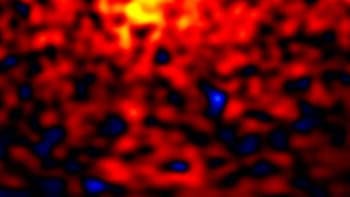The mystery of why most planetary nebulas have irregular shapes even though their parent stars were spherical may have been solved. Hiroshi Imai of the National Astronomical Observatory of Japan and colleagues spotted for the first time jets of gas being emitted by a mature star about to produce a planetary nebula. Although the origin of the jets is uncertain, the astronomers believe that they could account for the elongated structure of many planetary nebulas (H Imai et al 2002 Nature 417 829).
When a Sun-like star reaches the end of its life, its outer layer blows off into space to form a gas shell around its core, which contracts into a white dwarf. Ultraviolet radiation emitted by the white dwarf then excites the gas shell so that it lights up to become a visible planetary nebula. Astronomers have studied many of these nebulas but have long been stumped by the fact that they are rarely spherical, although the explosions that produce them are thought to be perfectly symmetrical.
To shed light on the puzzle, Imai and colleagues used America’s Very Long Baseline Array of telescopes to study the region around a star known as W43A. The star is about 8500 light years from Earth in the constellation Aquila, and astronomers believe it is about to produce a nebula.
The astronomers studied the motion of the gas by measuring the microwave radiation emitted by the water vapour that it contains. An energy transition between two rotational states of water molecules corresponds to microwaves with a wavelength of 22 GHz, which enables the molecules to amplify such radiation. Such clouds of water vapour are dubbed ‘masers’, because they act as microwave lasers.
By combining the microwave signals gathered by the ten telescopes in the array, Imai and co-workers were able to calculate the speed and direction of the clouds of water vapour. They found that two streams of water vapour are moving outwards from the star in opposite directions, at about 600 000 kilometres per hour.
“The path of the jets is curved like a corkscrew, as if whatever is squirting them out is slowly rotating,” says team member Philip Diamond of Jodrell Bank Observatory in the UK. The researchers believe that this precession could explain why many nebulas have irregular shapes. They are unsure why the jets are precessing, but speculate that a companion star or strong magnetic fields could be the cause.
The researchers say they are lucky to have caught W43A during this brief transition period. According to Diamond, the water vapour would be destroyed by the radiation emitted when the star collapses to become a white dwarf.
Incidentally, planetary nebulas have nothing to do with planets – the term is a misnomer that dates back to their discovery in 1764.



